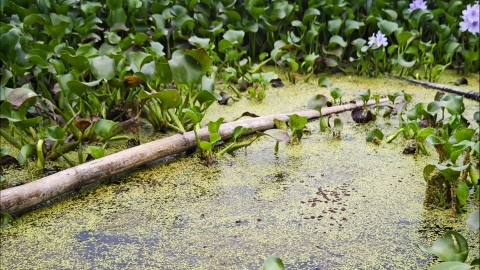How to avoid brain-eating amoebas
The term "brain-eating amoeba" generally refers to Naegleria fowleri. Under normal circumstances, avoiding Naegleria fowleri usually involves cautious contact with water bodies, maintaining food hygiene, keeping the skin intact, practicing proper nasal hygiene, and choosing reputable facilities. Specific preventive measures are as follows:

1. Cautious contact with water bodies: Avoid swimming or playing in untreated ponds, rivers, or stagnant water bodies. Refrain from using unpurified water for washing your face or hair. If contact with natural water bodies is necessary, learn about the water quality in advance and preferably choose places with clear water that has undergone disinfection treatments.
2. Maintain food hygiene: Drink water that has been boiled or purified. Avoid consuming raw or cold food that could be contaminated. Thoroughly wash or peel fruits and vegetables before consumption, and ensure that food ingredients do not come into contact with contaminated environments during processing and storage to reduce the risk of oral infection.
3. Keep skin intact: Promptly treat skin wounds and avoid exposing wounds to contaminated water or soil environments that may harbor pathogens. Wear protective gloves and clothing during daily labor or outdoor activities to prevent skin damage and block the entry of Naegleria fowleri through broken skin.
4. Practice proper nasal hygiene: Avoid rinsing nasal passages with untreated water, especially after contact with natural water bodies. Do not use unsterilized nasal irrigation devices. Wear nose clips while swimming to reduce the chance of water entering the nasal cavity. If water accidentally enters the nasal cavity, promptly wipe gently with a clean cotton swab.
5. Choose reputable facilities: Select licensed and hygienic establishments for activities such as hot spring bathing or swimming. These facilities typically maintain strict water quality management and regularly disinfect and replace the water, effectively reducing the survival probability of pathogens like Naegleria fowleri in the water.
Incorporate the above preventive measures into daily life, enhance hygiene awareness, and develop good living habits. If symptoms such as headache, fever, or nausea occur after exposure to a potentially contaminated environment, seek immediate medical examination for early detection and intervention, thus reducing the infection risk.





